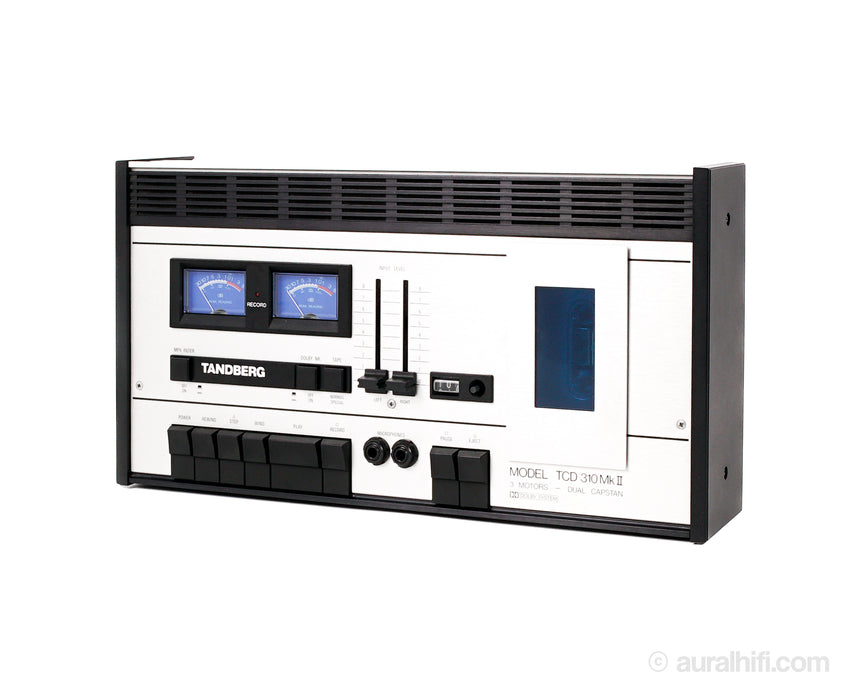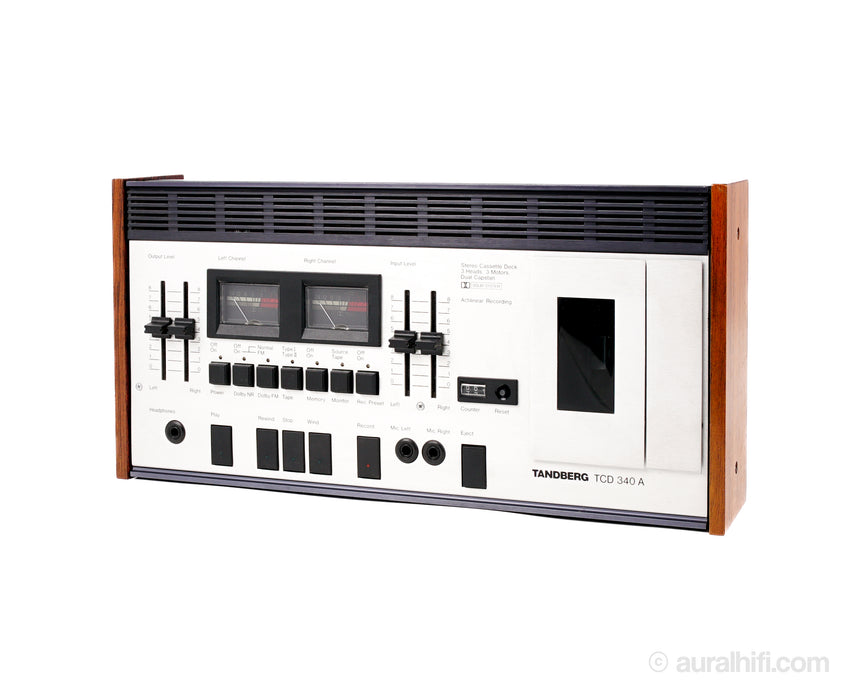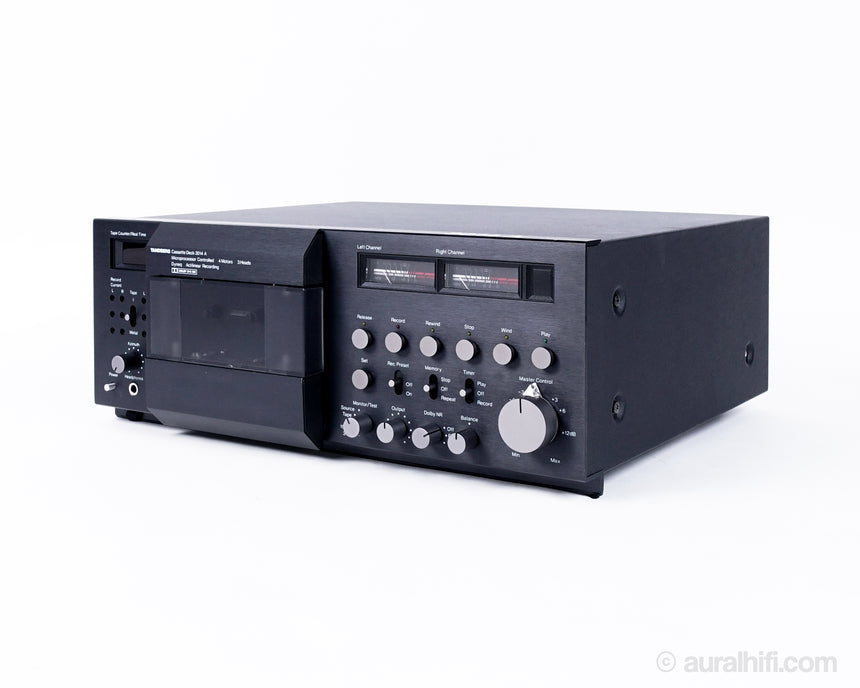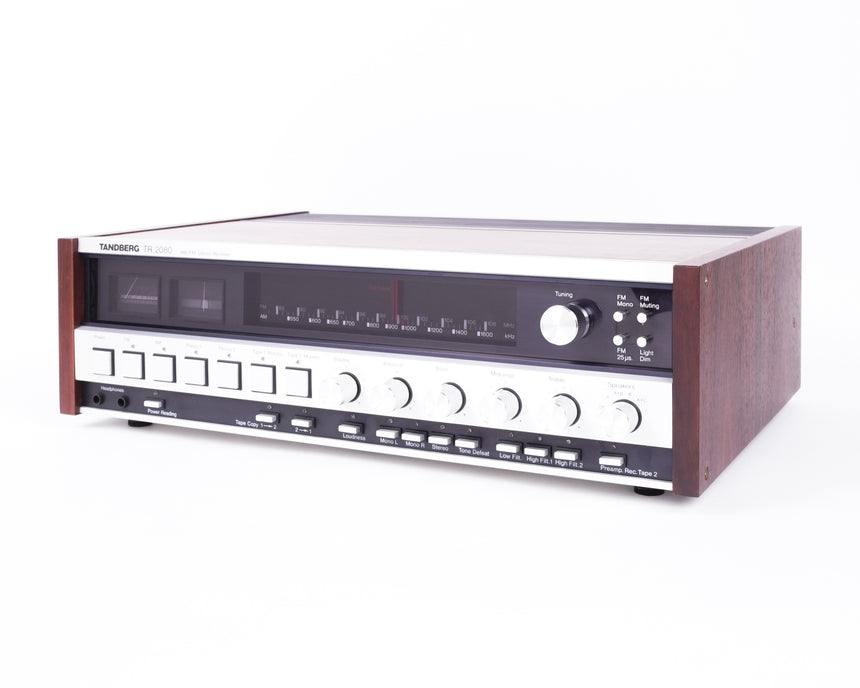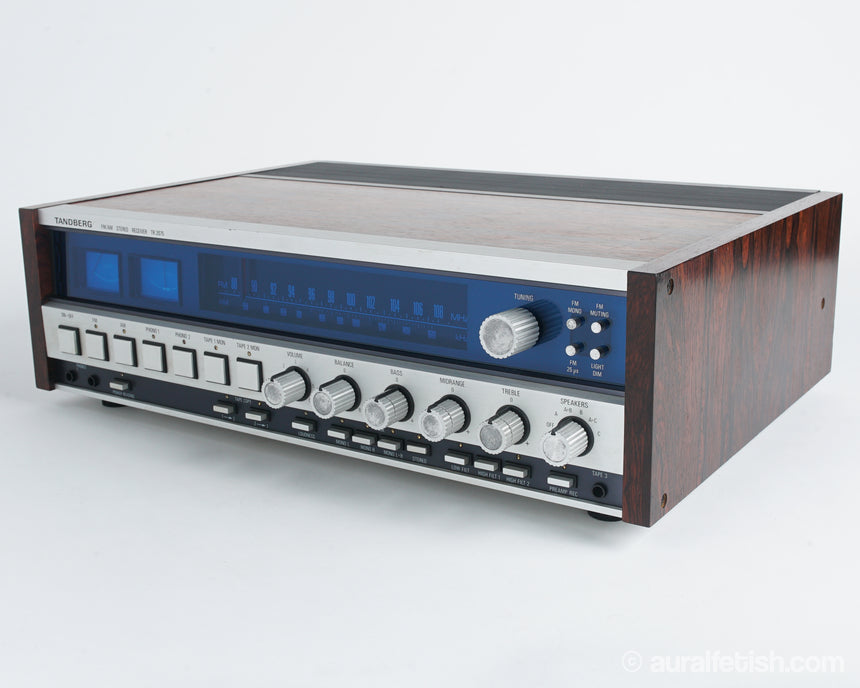The History of Tandberg

In 1933, Tandbergs Radiofabrikk (Tandberg's Radio Factory) was founded by Vebjørn Tandberg in Oslo, Norway. The company's first radio was named "Tommeliten" (Tom Thumb), and used only earphones. This was followed by the "Corona" with a loudspeaker. In 1934, the first "Huldra" radio was launched, followed in 1936 by the "Sølvsuper". During the early years, radios, loudspeakers and microphones were the main output from the factory. The Sølvsuper and the Huldra radios became the foundation for Tandberg's success.
In the early 1950s, Tandberg opened a branch plant at Kjelsås (in Oslo) to produce reel-to-reel tape recorders. Their first model, the TB 1 was introduced to the market in 1952. Over the next decade, Tandberg quickly incorporated a number of leading-edge concepts; the TB 2 Hi-Fi of 1956 had three tape transport speeds, allowing improved high-frequency response. The TB 3 Stereo from 1957 was Tandberg's first stereo system which allowed playback of stereo tapes, however the ability to record in stereo was not made available until the introduction of the TB 5 in 1958, which allowed for the connection of an external recording amplifier to record the second channel onto the tape. Their first full stereo system, the TB 6 of 1960, featured four amplifiers, two for recording and two for playback respectively, giving the operator total control of both audio channels. In the 1960s Tandberg introduced the cross-field recording technique in the TB 6X, allowing their recorders to handle higher frequencies than competing models. Tandberg licensed the concept to Akai, who utilized it extensively in the 1970s and 80s in their Akai and Roberts recorders. In 1964 Tandberg inaugurated a new method of language teaching, the language laboratory, and with it their first solid-state tape recorder, the model 10, a recorder designed to serve as the teacher recorder in language classrooms. The first consumer-oriented recorder was the model 12 of 1966 which among other things featured low impedance microphone inputs, designed for their first dynamic microphone, the TM 4. In 1969 Tandberg finally abandoned the use of vacuum tubes in their recorders and the last tube recorder still manufactured by Tandberg – the 6X – ceased production. Tandberg launched a line of solid state recorders in its place.
Tandberg tape recorders dominated the Norwegian market, and had a reputation for advanced technology and high quality at reasonable prices. It was on Tandberg reel-to-reel machines that President John F. Kennedy recorded many meetings in the Cabinet Room of the White House, including those associated with the Cuban Missile Crisis.
The Kjelsås factory also started producing TV sets in 1960, and in 1966 a second TV plant was opened in Kjeller in Skedsmo. Color TVs joined the lineup in 1969. In 1972, Tandberg purchased Radionette, another large Norwegian electronics firm, and by 1976, TVs were Tandberg's major product and their factories employed 3,500. However, that same year a major economic downturn seriously disrupted the company, and by 1978 it was insolvent. A shareholder revolt removed Vebjørn Tandberg from control of the company, and he committed suicide in August. In December, the company declared bankruptcy.
In the aftermath of the bankruptcy, the original Tandberg was split into two parts. Under the control of Siemens, Tandberg Data took over the computer terminal and tape recording parts of the company, moving the latter purely into the computer storage field. The remaining portions went under control of Norsk Data and lost the "Radiofabrikk" to become, simply, Tandberg.
In 1984, the consumer audio equipment division was spun off to become Tandberg Audio.
